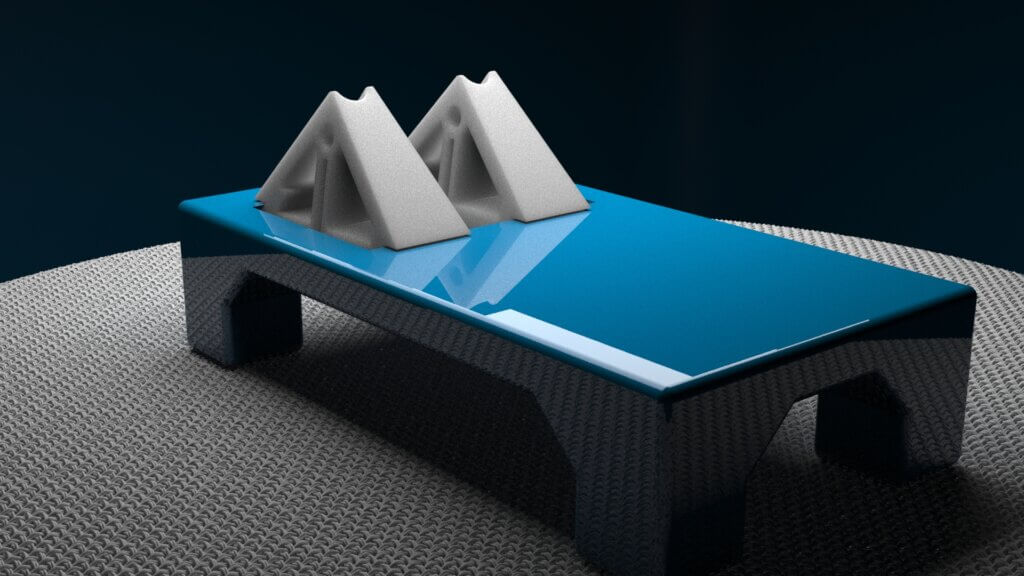This week’s makers are Priscilla Tjandra, PhD, postdoctoral fellow, and Kelsey Collins, PhD, principal investigator, at the Laboratory for Musculoskeletal Crosstalk. Let’s take a look at what they made.
Q: What did you make?
A surgical platform for knee surgery in mice using a 3D printer.
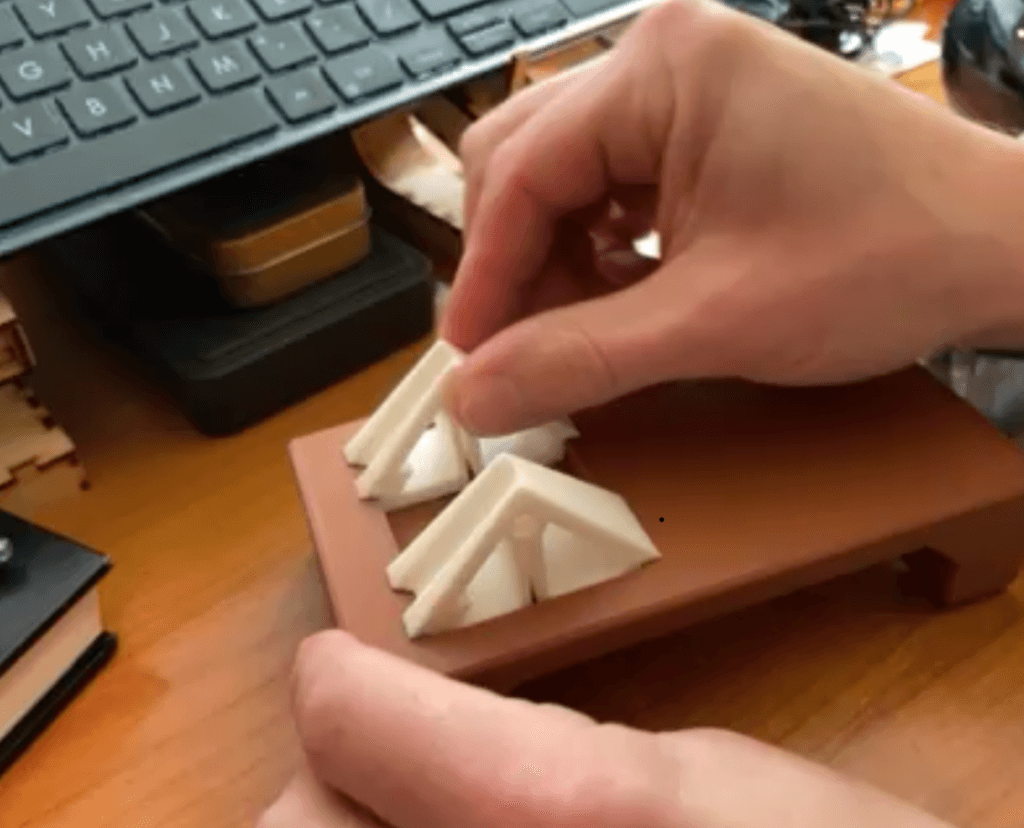
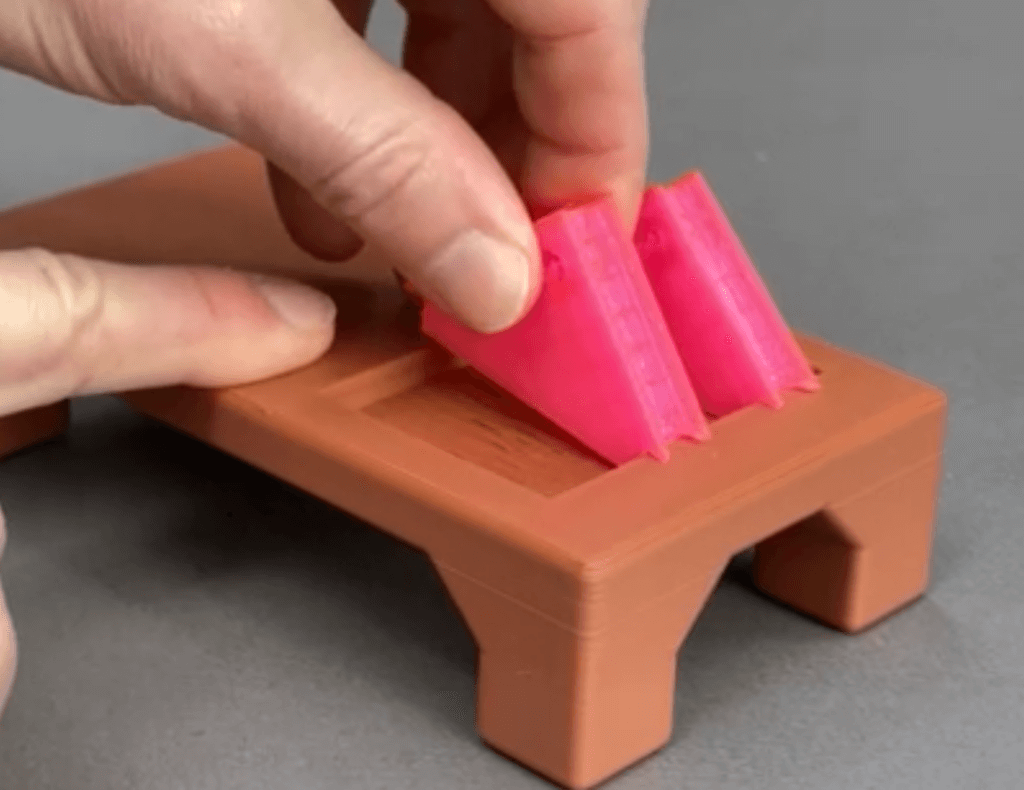
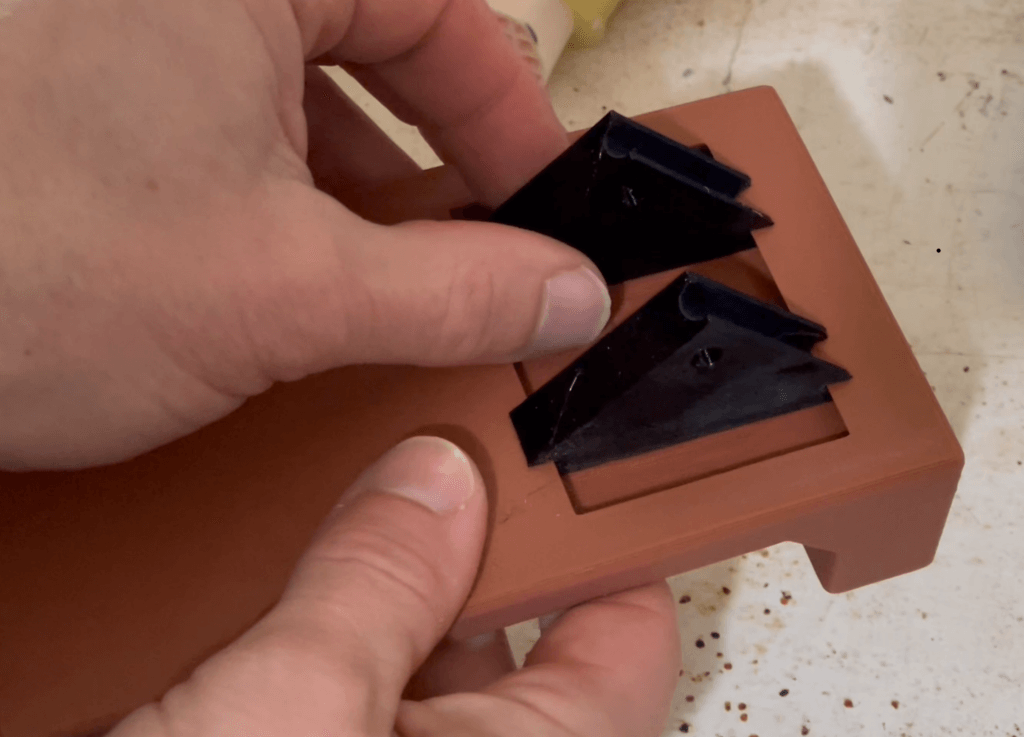
Q: Why did you want to make it?
We wanted a less bulky, more sturdy design compared to our existing model. We also wanted it to be easier to clean.
Q: What was your process?
I first sent images of the original surgical surface to Scott Drapeau and we met to discuss what elements were needed and which were nice to have. Scott then proposed features that we can modify from the existing design, prototyped them, and sent them to us. We were then able to test each different prototype for our intended purposes and chose the design that worked best for us.
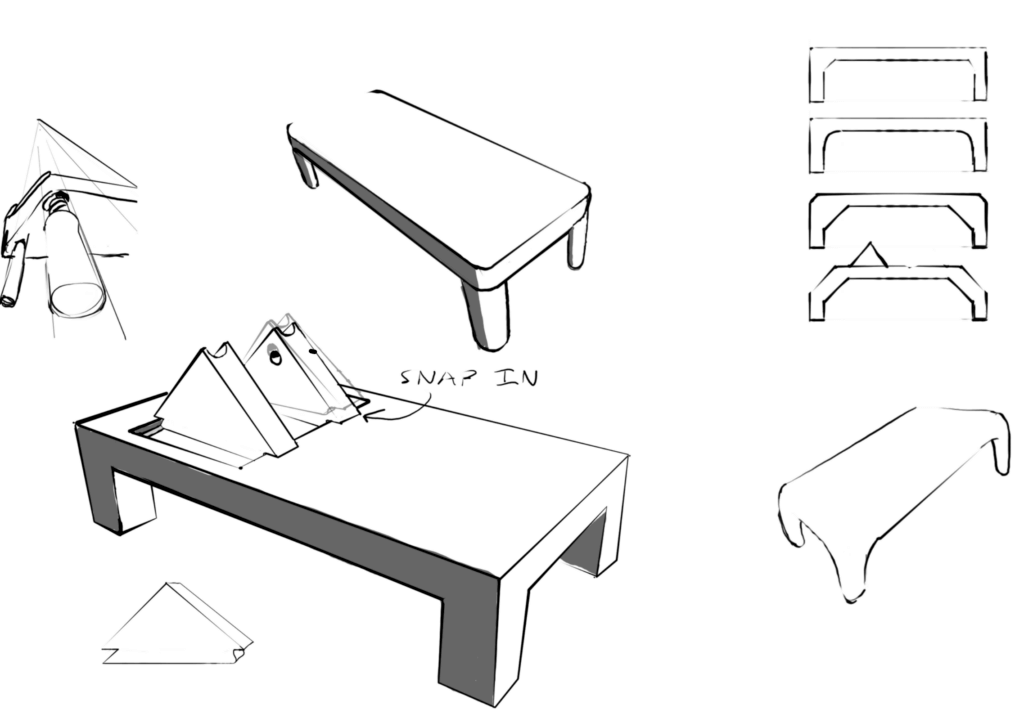
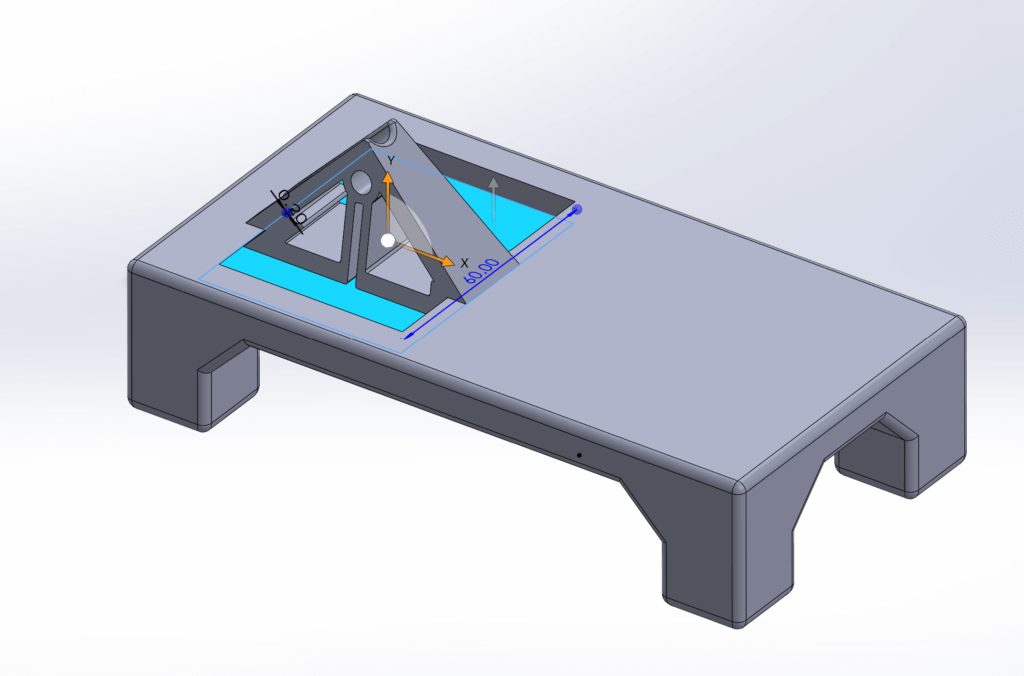
Q: What was the hardest part of the process?
For me, it was trying to determine which aspects of the design we needed versus what was nice to have. However, Scott was communicative and helped me through the process and we eventually found a design that ended up having all the features we both needed and wanted. Because the goal was to make the stirrups removable, Scott said that adjusting the tolerances based on type of material we used, a mix of PLA and TPU, created different feelings of resistance, so dialing that in was of the utmost importance.
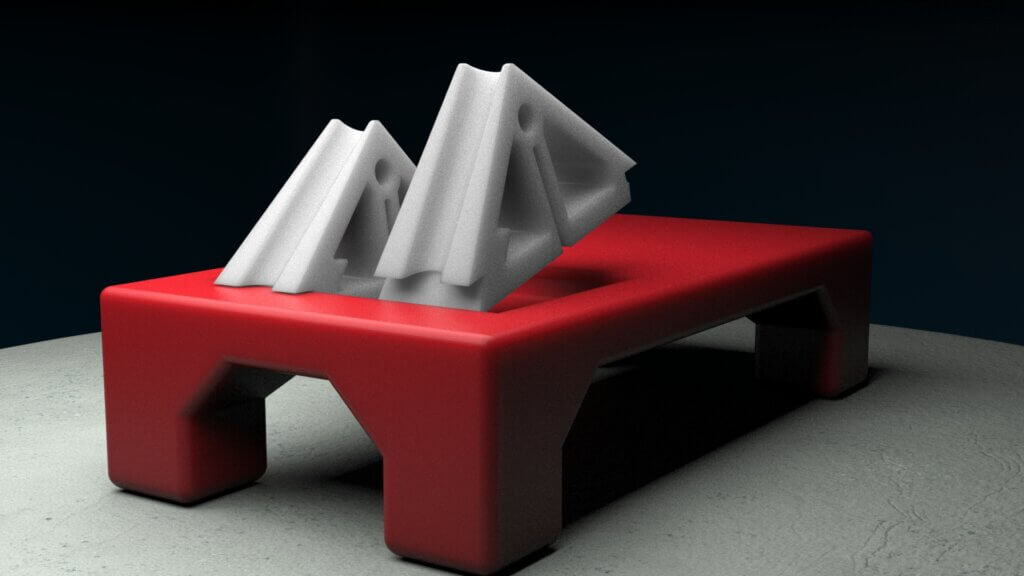
Q: What was your favorite part of the process?
Being able to brainstorm different designs we can use to achieve the ultimate end goal. I think that process from brainstorming to getting the physical prototype was the most exciting part for me.
Q: What do you want to make next?
Since our lab measures pain phenotypes in mice as well, it would be amazing to be able to 3D print some tools that would help make measuring these phenotypes easier.
